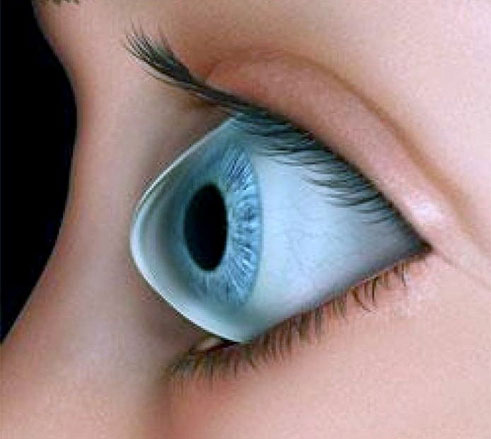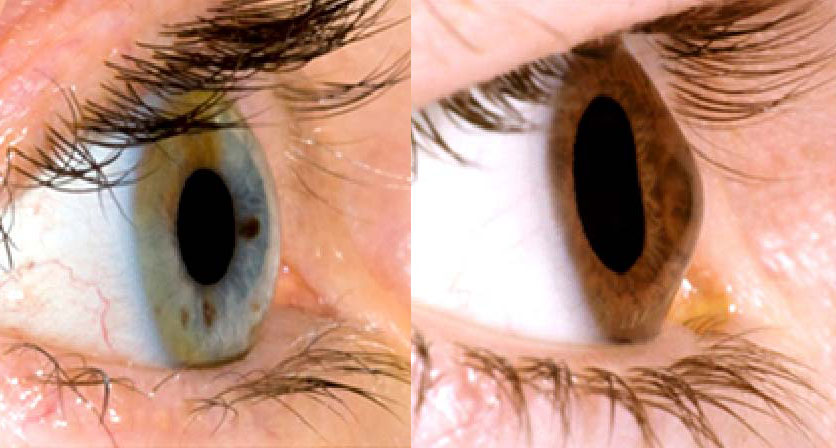Call us: 811-438-8593 |
Email us: kvehbbsr@gmail.com |
Opening Hours: MON-SAT: 9 AM - 8 PM and SUN: 9 AM - 1 PM |


If we think about the eye as a camera, the cornea would be the glass at the front of the camera lens. The cornea is not only a clear window through which light passes on its way into the eye, it provides most of the focusing power in the eye as well. Corneal disease is a serious condition that can cause clouding, distortion, scarring and eventually blindness. There are many types of corneal disease. The three major types are keratoconus, Fuchs' endothelial dystrophy and bullous keratopathy.



Your eye doctor can check for corneal disease and trauma by examining your eyes with magnifying instruments. Using a slit lamp and advanced diagnostic technology such as corneal topography, your doctor can detect early cataracts, corneal scars, and other problems associated with the front structures of the eye. After dilating your eyes, your doctor will also examine your retina for early signs of disease.
As with any serious eye infection, corneal disease should be treated immediately. Although corneal transplant is almost always the necessary treatment to restore vision when the cornea becomes clouded, there are other measures that can be taken to prolong vision in the early stages of disease.